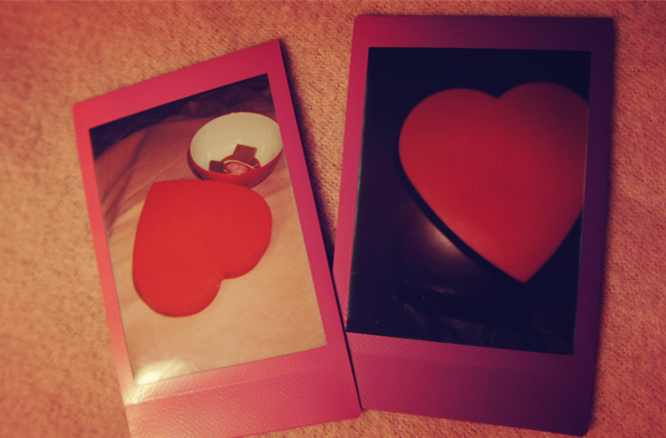 Picture this scenario: You come home around 2:30 from a long day of back-to-back classes. You crash on your couch and fall asleep for what seems like five minutes. All the sudden its 4:00 and you have to rush to your 4:30 spinning class! You change in record time and make it to your class feeling groggy and starving.
Picture this scenario: You come home around 2:30 from a long day of back-to-back classes. You crash on your couch and fall asleep for what seems like five minutes. All the sudden its 4:00 and you have to rush to your 4:30 spinning class! You change in record time and make it to your class feeling groggy and starving.
Well, never fear. According to a Penn State Fitness instructor, Josh Meltzer, there are some quick habits for pre and post workouts that you can try.
What to eat pre-workout
“If your going to eat anything before a workout, make sure you do it 30-45 minutes in advance to let it have time to digest,” Meltzer says. “Anything containing some sort of complex carbohydrates and protein is always good. Oatmeal, whole grain crackers/ bread, apple and nuts are a few examples.”
Get energized
If you’re feeling sluggish just before a workout Meltzer says, “Immediately before a workout, it has been proven that a bit of caffeine can be very beneficial. It has been shown to increase blood pressure, increase focus and energy levels overall.”
However, caffeine should always be taken with caution.
“Be careful taking anything containing over 300 mg of caffeine, especially if your family has a history of heart problems,” he says.
What to eat after a workout
Meltzer calls the time period “when your body is the hungriest immediately after a workout and can absorb the most nutrients” the “anabolic window”.
“It is important to eat something high in protein, but with some carbohydrates as well. Some examples would be multigrain bread with peanut butter, burrito with black beans, lean chicken with steamed vegetables,” he says.
There are endless combinations of food you can eat, as long as they contain carbohydrates and protein.
Cool down
Meltzer explains that the most important aspect of a cool down is your heart rate.
“You basically need to do something less strenuous than you were doing before. If you were running on a treadmill, walk for 2-3 minutes to cool down,” he says.
“Stretching is great to increase flexibility, but in terms of cooling your body down the most important thing is your heart rate,” Meltzer adds.
Photo by Shidika Goode

